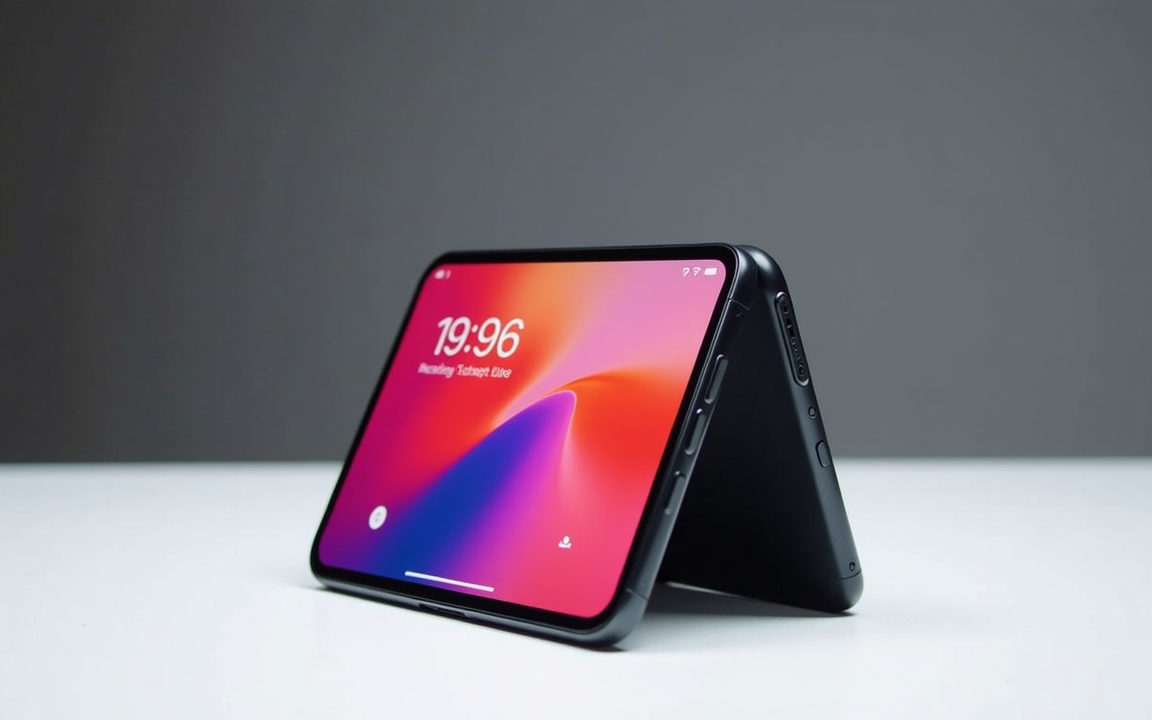
iPhone Fold: Inside Apple’s supply chain & strategy for the most anticipated device
In the hallowed halls of Cupertino, a revolution is taking shape. Apple, the world’s most influential smartphone brand, is on the cusp of launching its first foldable iPhone.
The supply chain is abuzz with reports that specifications are being finalized for a book-style ‘iPhone Fold’, targeting a dramatic unveiling in the second half of 2026.
This move marks Apple’s long-awaited entry into a segment that, while still niche, is poised for a seismic transformation, with the potential to either validate the foldable concept for the masses or expose its limitations once and for all.
Unfolding the future: a glimpse inside the iPhone Fold
In a recent analyst note titled “Unfolding the implications of an iPhone Fold launch,” UBS delved into the potential landscape. Their teardown analysis of Samsung’s Z Fold SE, which has a Bill of Materials (BOM) cost of $790, suggests that Apple’s iPhone Fold could achieve a BOM cost of around $759.
This would be approximately 4% lower than its chief rival, a feat achieved through cost savings on memory, application processors, and camera modules.
This cost discipline comes even as Apple is expected to use premium materials that will drive up the cost of the device’s casing and intricate hinge mechanism.
Initial production is anticipated to be cautiously limited, with estimates ranging from 10 million to 15 million units for the first wave.
This conservative approach reflects both the inherent technical complexity of manufacturing foldable devices at scale and the significant price point, which analysts widely see as a major hurdle to mass adoption.
Early reports have suggested that the iPhone Fold could be priced anywhere between $2,000 and $2,400, a figure that would make it Apple’s most expensive phone to date and firmly position it as a premium, aspirational product.
However, UBS believes Apple’s renowned cost discipline may allow it to price the device at the lower end of this anticipated range, potentially between $1,800 and $2,000.
This could be achieved while maintaining impressive contribution margins of 53% to 58%, in line with Samsung’s existing foldable devices and well above those of the current iPhone 16 series.
The Apple effect: a rising tide to lift all boats
The launch of the iPhone Fold is expected to send positive ripples throughout Apple’s extensive supply chain.
Companies like Amphenol, Hirose, TDK, Avary, and SDI, many of which are currently trading below their historical valuation averages, could see a significant boost in sentiment and share prices as the visibility of a new major product ramp-up comes into focus.
The unique design of the iPhone Fold is set to benefit several key players in particular:
- Display panels: Samsung Display is expected to be the primary supplier, boasting the capacity to produce up to 15 million 7-inch foldable OLED panels annually. LG Display may also be brought in as Apple continues its strategy of diversifying its component sources.
- Casing and hinges: The device will likely feature a sophisticated titanium casing and a liquid metal hinge, a design choice that positions suppliers such as Lens Technology, Amphenol, and Hon Hai (Foxconn) to benefit from a higher share of the bill-of-materials (BOM) wallet.
- EMS providers: Hon Hai, a long-standing partner, is expected to handle the initial assembly, with Luxshare serving as a secondary partner. This reflects Apple’s proven strategy of leveraging its established and powerful manufacturing ecosystem to bring a complex new product to market.
The state of play: can Apple reignite a fatigued market?
Apple’s entry into the foldable market is widely expected to accelerate the adoption of these devices, not just in smartphones but also in tablets and notebooks over the medium to long term.
The company is poised to leverage its “late-mover advantage,” benefiting from a more mature supply chain and refined technology.
This could help Apple manage costs more effectively and, crucially, deliver a more polished and user-friendly product than its predecessors, potentially expanding the market far beyond its current niche status.
However, Apple is entering a market that has shown recent signs of fatigue. The global foldable smartphone market has seen its growth slow, with some projections even forecasting a decline in 2025.
High prices, coupled with lingering consumer concerns about durability and everyday usability, continue to limit mainstream appeal.
It is against this backdrop that Apple’s immense brand power and its seamlessly integrated ecosystem could provide the very catalyst needed to reignite consumer interest and drive broader adoption.
Samsung remains the undisputed global leader in this segment, with the most comprehensive foldable lineup and a continuous stream of innovation in form factors.
Oppo, OnePlus, Google, Motorola, Honor, and Vivo have all emerged as strong competitors, each offering their unique take on foldable design and features. Pushing the envelope even further, Tecno and other Chinese brands, as well as Samsung, are experimenting with futuristic tri-fold and ultra-thin concepts.
A growing number of brands are also introducing more affordable ‘Fan Edition’ and entry-level foldables to broaden market access. It is into this dynamic and competitive arena that Apple will make its grand entrance in 2026, a move that is expected to further accelerate mainstream adoption and innovation across the entire industry.
The post iPhone Fold: Inside Apple’s supply chain & strategy for the most anticipated device appeared first on Invezz
